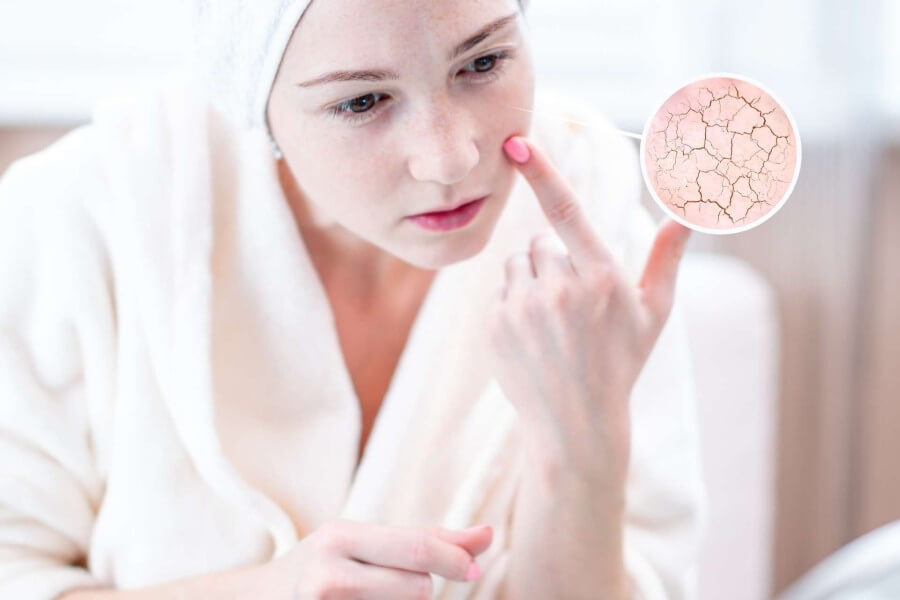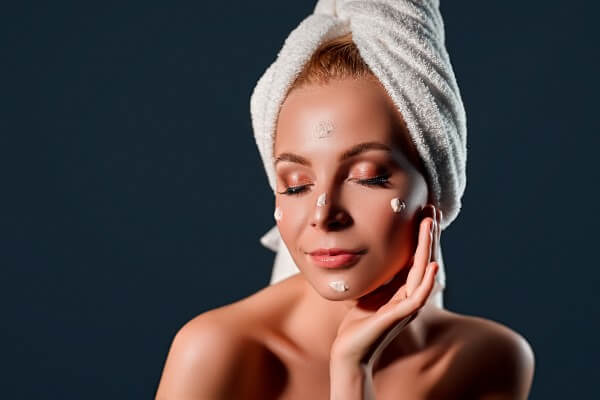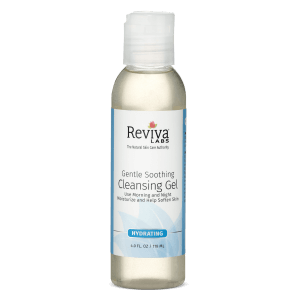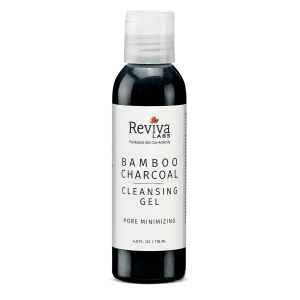Clean Beauty, Ingredients, Skin Care
Skin barrier repair
Our skin’s uppermost layer, the stratum corneum, is our skin’s external barrier. It goes by many names: skin barrier, moisture barrier, acid mantle, lipid barrier, etc. Regardless of its descriptor, its function is consistent – to keep good things in and bad things out. When your skin’s barrier is damaged, or its normal functioning is disrupted, problems will ensue.
The skin barrier prevents moisture loss and prevents outside pollutants and bacteria from getting into your body. It’s mostly formed by an interlocking matrix of dead compressed skin cells held in place with lipids (fatty acids, cholesterol, triglycerides, ceramides). When your barrier is healthy it’s very good at protecting you while simultaneously letting beneficial things pass through. But when it’s unhealthy things can change rapidly.
How do you know your skin barrier is damaged?
Some signs of a damaged skin barrier are dryness, dullness, redness, inflammation, and sensitivity, and of course breakouts. Fungal or bacterial infections can also occur and exacerbate problems over time.
Unfortunately, it’s all too easy to disrupt or overwhelm the skin barrier. UV exposure and the use of harsh cleansers or excessive exfoliation can strip away the oils and lipids that act as the mortar between the bricks of flattened corneocytes. In turn, gaps appear allowing moisture to escape or pathogens and irritants to enter. Even using overly hot water when washing your face or showering can melt away the lipids – leading to skin barrier damage.
How to repair your skin barrier
The good news is that your skin barrier is also resilient, and it can be restored. First, identify and stop whatever is causing issues. Over-exfoliation or the too-frequent use of harsh cleansers are some common causes. If you suspect you’ve damaged your skin barrier you should immediately simplify your skin care routine and switch to products specifically formulated for sensitive skin or which indicate they’re for sensitive skin. This may mean giving up your salicylic or glycolic acid-based cleansers for a while. Switch to a gentle cleanser with mild surfactants that won’t be overly stripping to your skin.
Shift to moisturizers that include humectants and emollients that can help to reinvigorate your skin barrier. Look for skin-identical ingredients that comprise your natural moisturizing factor (NMF) such as hydroxyethyl urea (not to be confused with the nasty preservatives imidazolidinyl urea and Diazolidinyl Urea), glycerin, hyaluronic acid, sodium PCA, and ceramides, etc.
Adding a product with an occlusive ingredient can also be beneficial. Occlusives help to keep moisture and emollients against the skin as a “second barrier” for a period of time. Look for products with beeswax, candelilla wax, lanolin, butters (e.g., shea), dimethicones, or similar ingredients.
The key to skin barrier repair is to go gentle and to go light. Think more along the lines of helping your skin to naturally heal itself while you avoid stripping away all the good stuff. It can be challenging – and requires patience – but once your skin barrier is healthy again your skin will look and feel healthier.
We’ve seen a surge in skin barrier damage during the pandemic. Maskne is prevalent due to constant mask wearing creating the perfect humid area for bacteria to thrive while simultaneously rubbing and pushing bacteria into the skin. Overly aggressive treatment strips the skin barrier and in turn leads to damaged skin that allows more bacteria in and then more breakouts. A more gentle approach is superior in this type of situation.










